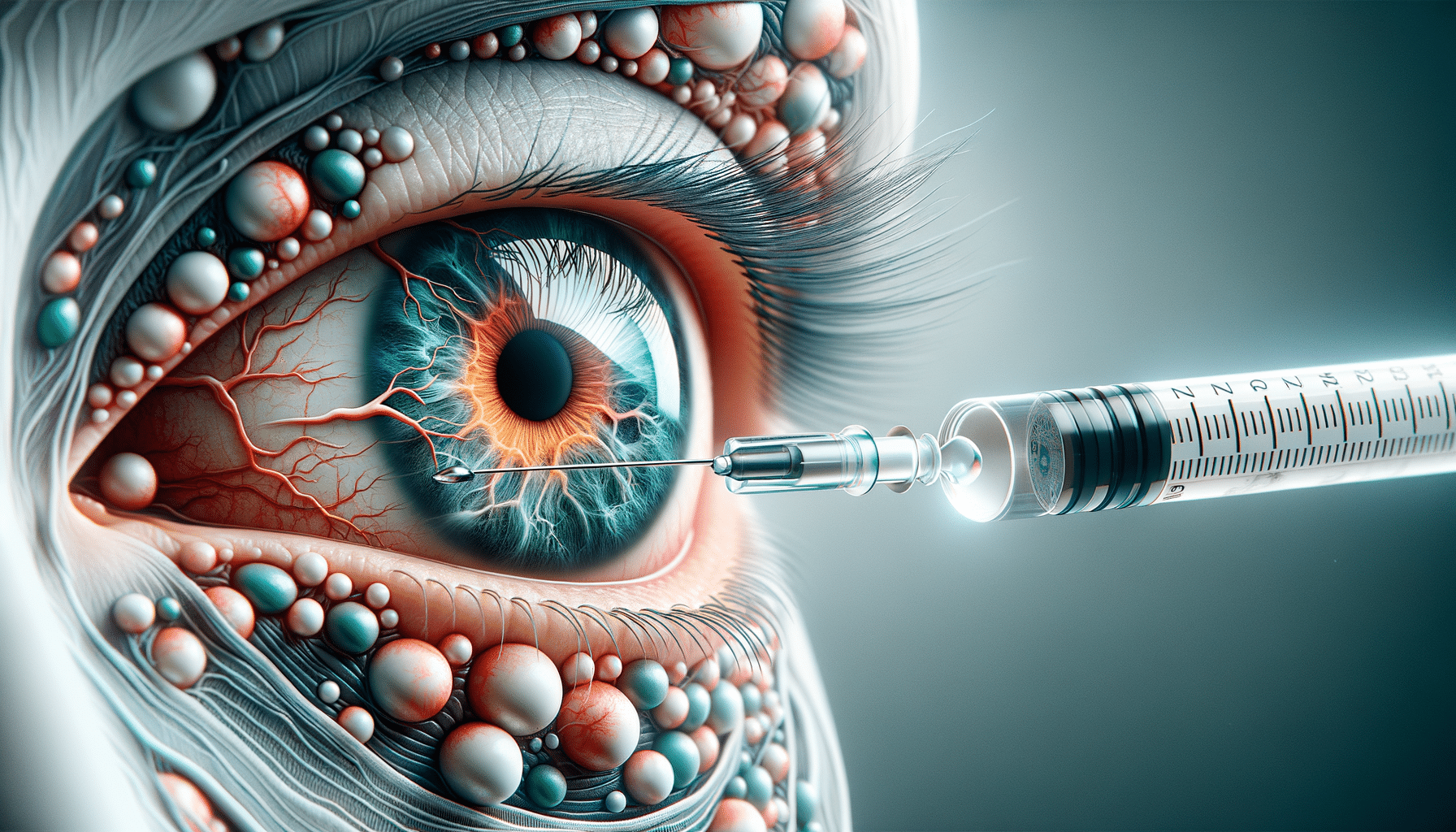
Introduction to Macular Degeneration
Macular degeneration is a common eye condition that primarily affects older adults, leading to vision loss in the center of the visual field due to damage to the retina. This condition can significantly impact daily activities such as reading, driving, and recognizing faces. As the population ages, the prevalence of macular degeneration is expected to rise, making it a critical public health issue. Understanding the treatment options, including macular degeneration shots, is essential for those affected by this condition.
The Science Behind Macular Degeneration Shots
Macular degeneration shots, also known as anti-VEGF injections, are a cornerstone in the treatment of wet age-related macular degeneration (AMD). These injections work by inhibiting vascular endothelial growth factor (VEGF), a protein that promotes the growth of abnormal blood vessels in the retina. By blocking VEGF, these shots help reduce the leakage and bleeding from these vessels, thereby stabilizing or even improving vision.
The effectiveness of these injections has been demonstrated in numerous clinical trials, showing significant benefits in preventing further vision loss. While the idea of eye injections may seem daunting, they are generally well-tolerated and have become a routine part of managing wet AMD. Patients typically receive these injections on a regular schedule, which can vary based on individual response and the specific medication used.
Types of Macular Degeneration Shots
There are several types of anti-VEGF medications available for macular degeneration shots, each with unique properties and benefits. Some of the most commonly used include:
- Bevacizumab: Originally developed for cancer treatment, this medication is also used off-label for AMD due to its cost-effectiveness and availability.
- Ranibizumab: Specifically designed for ocular use, this medication has been extensively studied and is known for its efficacy in treating wet AMD.
- Aflibercept: This medication binds to VEGF more effectively, allowing for less frequent dosing while maintaining its effectiveness.
Each of these medications has its own dosing schedule and potential side effects, which should be discussed with a healthcare provider to determine the best option for individual patients.
Patient Experience and Considerations
Receiving macular degeneration shots can be a daunting experience for many patients, particularly due to the invasive nature of the treatment. However, understanding what to expect can help alleviate some of the anxiety associated with the procedure. Typically, the eye is numbed with anesthetic drops before the injection, minimizing discomfort. The procedure is quick, often taking only a few minutes, and patients can usually resume normal activities shortly afterward.
It’s important for patients to adhere to the recommended treatment schedule to achieve the best outcomes. Regular follow-up appointments allow healthcare providers to monitor the condition and adjust treatment as necessary. Patients should also be aware of potential side effects, such as eye irritation or increased intraocular pressure, and report any unusual symptoms to their doctor promptly.
Future Directions in Macular Degeneration Treatment
The field of macular degeneration treatment is continually evolving, with ongoing research aimed at improving outcomes and reducing the burden of disease. Advances in drug delivery systems, such as sustained-release implants, are being explored to reduce the frequency of injections and improve patient convenience.
Additionally, gene therapy and stem cell research hold promise for more targeted and long-lasting treatments. These innovative approaches aim to address the underlying causes of macular degeneration, potentially offering new hope for patients in the future.
As research progresses, staying informed about new developments is crucial for patients and healthcare providers alike, ensuring that the most effective and up-to-date treatments are utilized.
Conclusion: Navigating the Path to Better Vision
Macular degeneration shots represent a critical tool in the fight against vision loss, offering hope and improved quality of life for those affected by this challenging condition. By understanding the science, available options, and patient experience, individuals can make informed decisions about their treatment journey. As advancements continue to emerge, the future of macular degeneration treatment looks promising, with the potential to transform the landscape of eye care.


